Form Follows Function: Here’s Why
Form ever follows function.
– Louis Sullivan
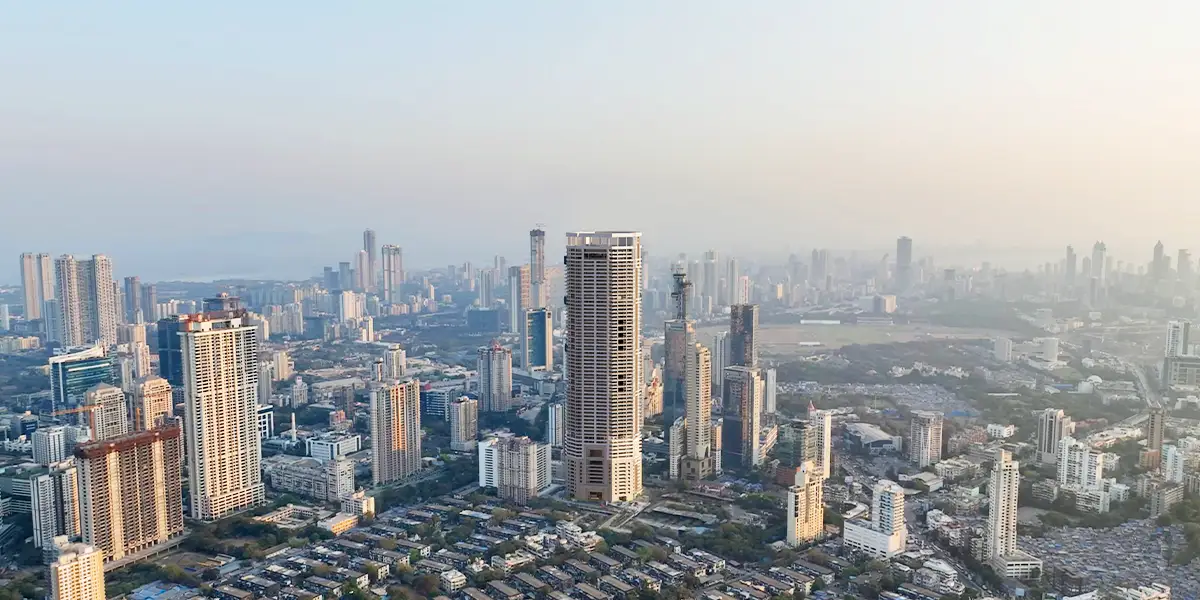
From the thick blades of a butter knife to the pointed form of airplanes, the upright office chairs to systematically planned spaces, the function has widely been seen to have dictated the form.
This axiom “Form follows function” coined by Louis Sullivan has been and is still guiding the design realm to find the perfect intersection between the intent and aesthetic. It has inspired architects to prioritize the purpose over how the design looks to how it feels. With architecture dealing with the duality of science and exquisite craftsmanship, how and why does the function precede form?
How is this mantra defining our works? Let’s explore.
Decoding Form Follows Function
A form is an outer structure and shape of a building. Whereas how the building is used is defined by its function.
The function of a design reflects human needs and demands, while the form caters to their experience and behavior. This notion, set in the past, constantly inspires new-age designs. It simultaneously enables designers to look forward to the futuristic purpose of the building. As a result, function satisfies the needs, and form adds to the comfort. Exhibiting the design philosophy is the Wainwright Building reflecting the true utilitarian nature of an office building through its design.
‘It’s always the function that truly matters while the form is a byproduct of a well-thought function,’ believes Noshir DeVitre, the Vice-chairman of Talati and Partners. In our designs at Talati and Partners, the function defines the architectural language, styles spaces, and adds depth and meaning to spaces.
4 Ways Form has been a by-product of Function
1. Refined and Rhythmic– Shandilya Terraces
Function: Luxury Residential Apartments
Form: Iconic Vertical Tower with Clean Horizontal Lines
Location: Worli Seaface, Mumbai
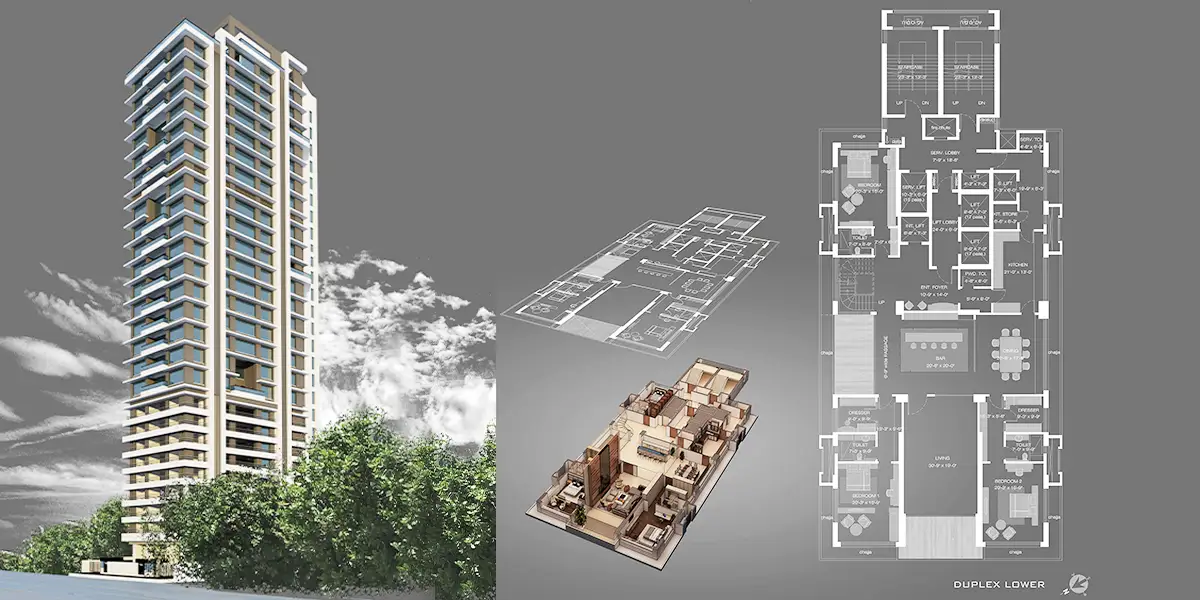
Beautifying Mumbai’s gleaming skyline is Shandiliya Terraces. The upright vertical form results from spacious apartments opening up to magnificent views of the city and the Arabian Sea. With the function offering airy spaces with natural light and ventilation, the planning followed a simplistic T-shape for maximized utility.
An unparalleled harmony between form and function results in a high rise that delves into refined luxury. Curating no-fuss architecture with a unique approach provides functional spaces with aesthetic craftsmanship. Its form with cool and clean lines goes above and beyond the verticality and elegantly dots Mumbai’s skyline.
2. Grandest of Grand– Palais Royale
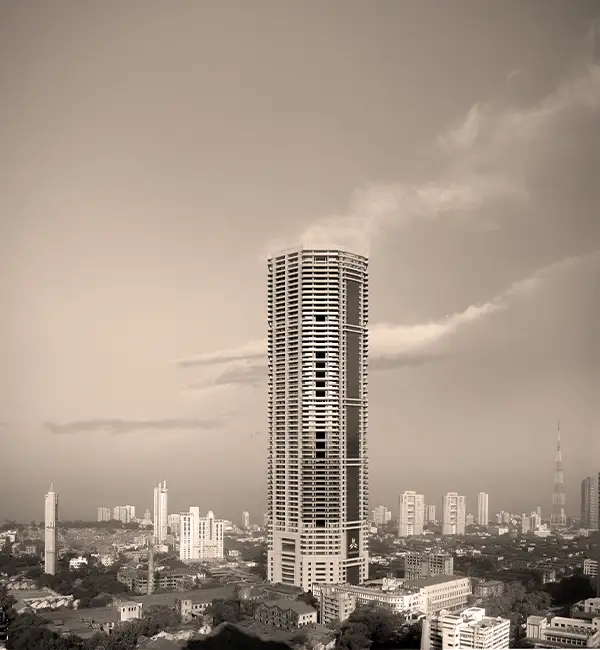
Function: Multi-functional with residences, business centers, and high-end amenities
Form: An Innovative Hexagonal High Rise
Location: Worli, Mumbai
Palais Royale– an uber-luxury multi-functional high rise, is racing towards the sky. Nestled in Worli, the design is a result of careful curation of spaces benefiting from maximized views.
The hexagonal form, a by-product of offering grand views of the city, narrates the story of innovation. Function, here, took the central stage to dictate the spaces and define a one-of-its-kind architectural style. The desire to offer luxury and comfort of living led to a structure playing with human needs, spatial experiences, and the finest materiality.
Fun Fact: Palais Royale is all set to be a high-end residential tower with the highest atrium in Asia.
3. Sleek and Symmetric: A TPA Tenet – CTS-01
Function: Luxury Residence
Form: A Majestic High Rise
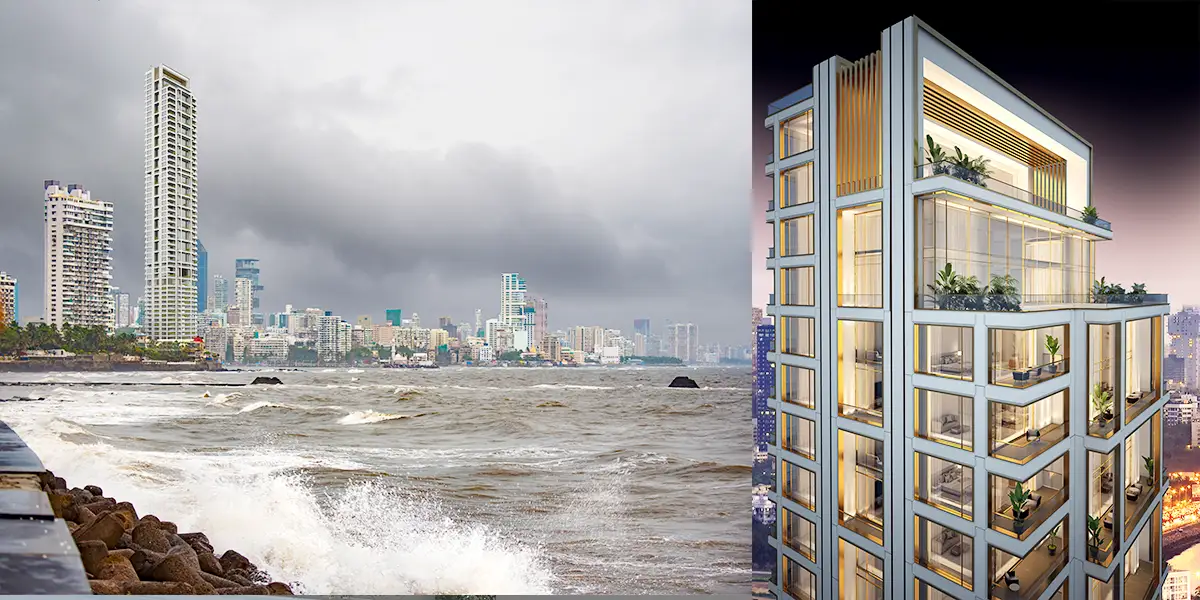
Sweeping 360-degree views from balconies with the flexibility of living is what CTS-01 comprises. Each of the luxury apartments planned in the building stays open towards unhindered views of Worli sea-face and Haji Ali. Living by the sea, the form is a result of composition aimed to offer uber-luxury amenities along with interior layouts open for experimentation.
Modern architecture accentuating the facade illustrates the picture of what living here has to offer. With form following function, the architecture results in a tall structure, adding openness to Mumbai’s beaming skyline.
Function: Residential
Form: Sleek yet Captivating High Rise
Location: Mumbai
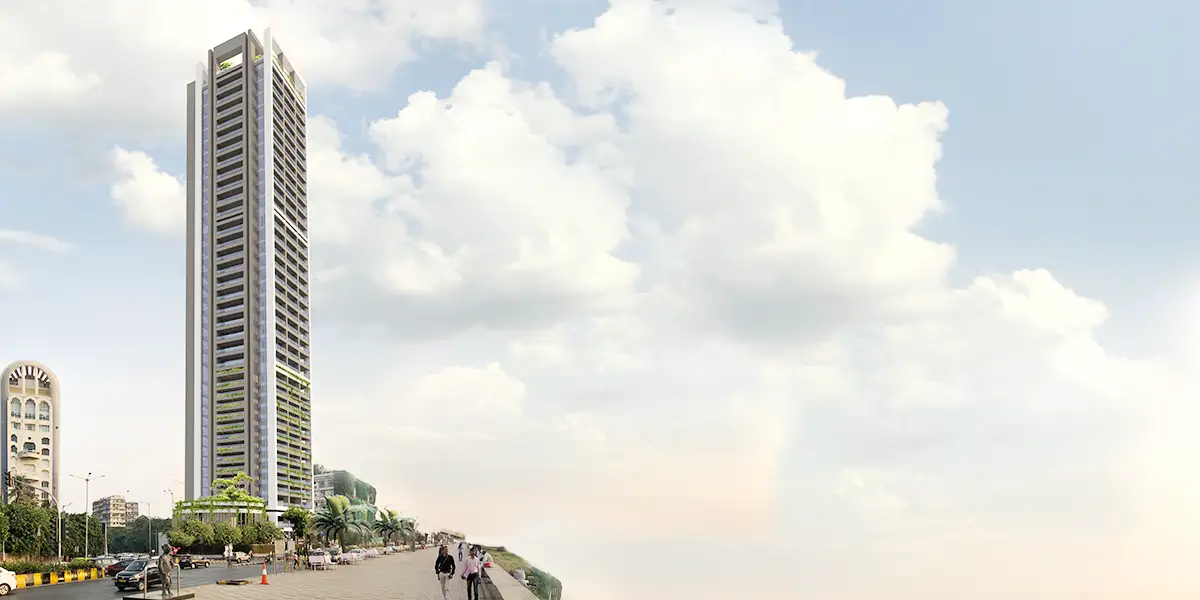
Briefing the design for Naman Xana was the core function of maximizing sea-facing views. Sitting in the heart of Mumbai, the structure has spacious and flexible luxury apartments to offer. Its form is driven by the concept of living, thriving on functionality.
Minimal design language with clean lines adorn the facade while the bare shell layout keeps the interior versatile. Overall, the design strikes harmony and balance between its function and form.
Prioritizing Function over Form
The real meaning of architecture lies in defining its purpose that intersects well with aesthetics and form. Our designs thrive in the vision of curating spaces that are functional and, at the same time, impactful in form.
To learn more about our award-winning projects, https://talatiandpartners.com/
The axiom form follows function means that function is primary in a design, and form is the result of the functional brief.
Well-defined functions in design lead to the form of the building.
The form of a design refers to its shape, while a function is the core purpose of the structure.
The purpose or function of a building must be the starting point of the design.
July 19, 2024
With modernism, the talk of the town, our senses are often inundated by the glam of trendy, ever-evolving designs. However, minimalism continues to stay put as the ultimate epitome of never-out-of-style.
July 09, 2024
The UN reports predict that 68% of the world’s population will reside in urban areas by 2050. It’s no surprise that today, architecture is racing towards the sky.
November 14, 2023
When it comes to interiors, lighting design plays a vital role in shaping the aesthetics. While every minute detail is significant in a space, interior lighting design is the ultimate show-stopper, lighting up the luxury!
© 2023, Talati & Partners LLP
